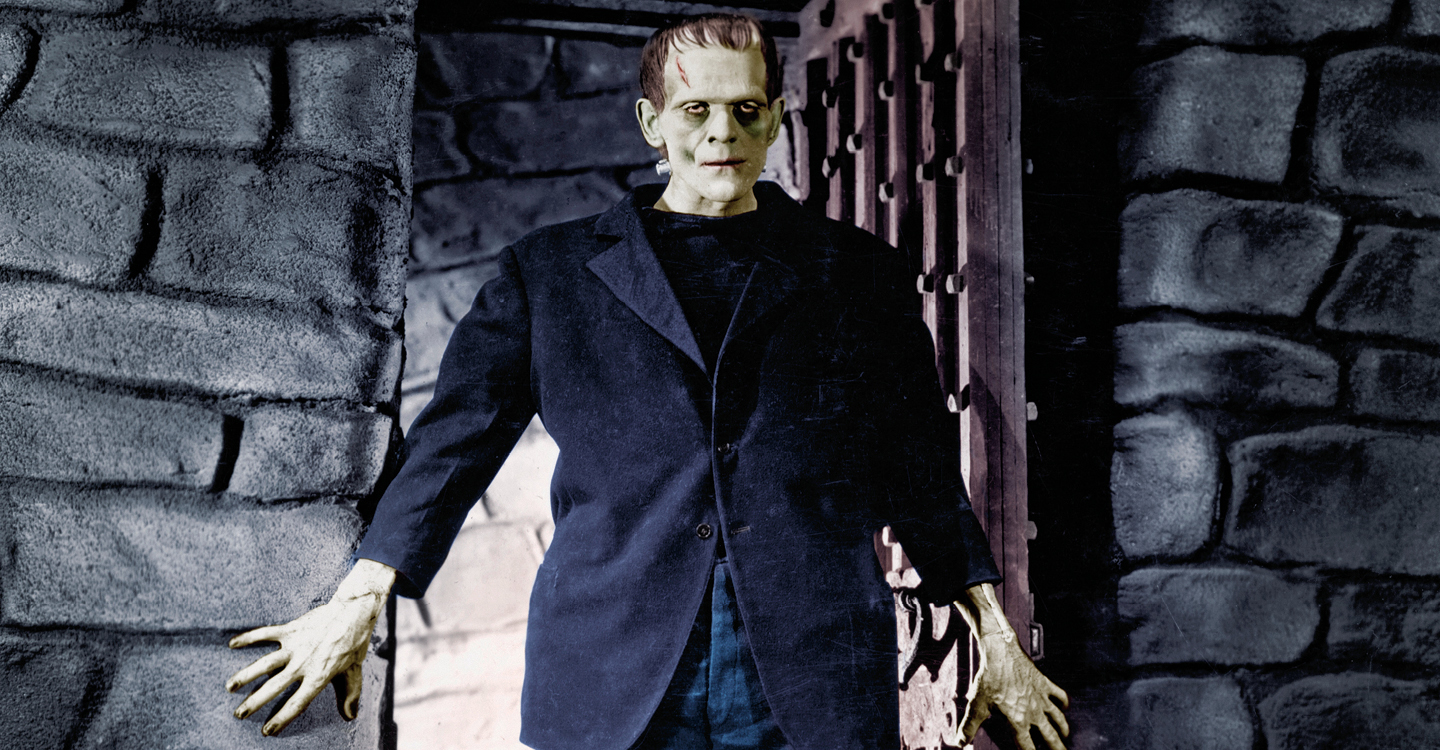Even if you’ve never read the novel Frankenstein—or knew there was a novel—you know the story.
You’ve seen it depicted in movies and cartoons, and you’ve spotted the monster on cereal boxes and at Halloween parties. The tale of the rogue scientist and the creature he brought to life is 200 years old, yet it seems as if it were ripped from today’s headlines: scientists creating synthetic organisms; engineers designing increasingly powerful artificial intelligence systems; researchers growing organs in petri dishes. How did Mary Shelley, just 18, come up with this story, and what can we learn from it today?
It all started with a dare on the unusually cold and stormy night of June 15, 1816, in a stately house on the shores of Switzerland’s Lake Geneva. “We will each write a ghost story,” said the party’s host, the famous poet Lord Byron. Mary—born Mary Wollstonecraft Godwin—and her soon-to-be husband, the poet Percy Shelley, were spending the summer with Byron, but the weather was so terrible that they huddled indoors reading by candlelight from a book of German folk tales about vampires and tortured souls.
Mary Shelley recalled later that the seed for Frankenstein had come to her in a vision deep in the night: “I saw the pale student of unhallowed arts kneeling beside the thing he had put together. I saw the hideous phantasm of a man stretched out, and then, on the working of some powerful engine, show signs of life, and stir with an uneasy, half vital motion.”
Even if you’ve never read the novel Frankenstein—or knew there was a novel—you know the story.
You’ve seen it depicted in movies and cartoons. And you’ve spotted the monster on cereal boxes and at Halloween parties. The tale of the rogue scientist and the creature he brought to life is 200 years old. Yet it seems as if it were ripped from today’s headlines. Hot topics today include scientists creating synthetic organisms; engineers designing increasingly powerful artificial intelligence systems; and researchers growing organs in petri dishes. How did Mary Shelley, just 18, come up with this story, and what can we learn from it today?
It all started with a dare on the unusually cold and stormy night of June 15, 1816. A group sat in a stately house on the shores of Switzerland’s Lake Geneva. “We will each write a ghost story,” said the party’s host, the famous poet Lord Byron. Mary—born Mary Wollstonecraft Godwin—and her soon-to-be husband, the poet Percy Shelley, were spending the summer with Byron. The weather was so terrible that they huddled indoors. They read by candlelight from a book of German folk tales about vampires and tortured souls.
Mary Shelley recalled later that the seed for Frankenstein had come to her in a vision deep in the night: “I saw the pale student of unhallowed arts kneeling beside the thing he had put together. I saw the hideous phantasm of a man stretched out, and then, on the working of some powerful engine, show signs of life, and stir with an uneasy, half vital motion.”

